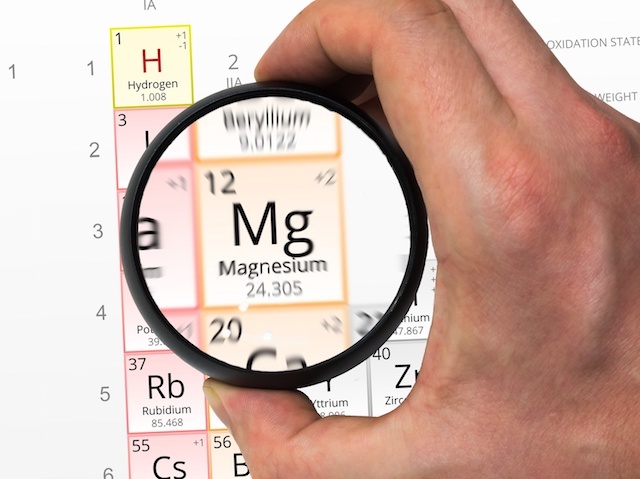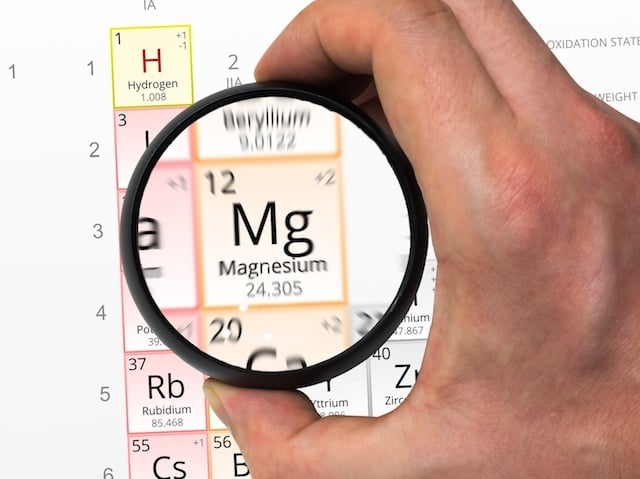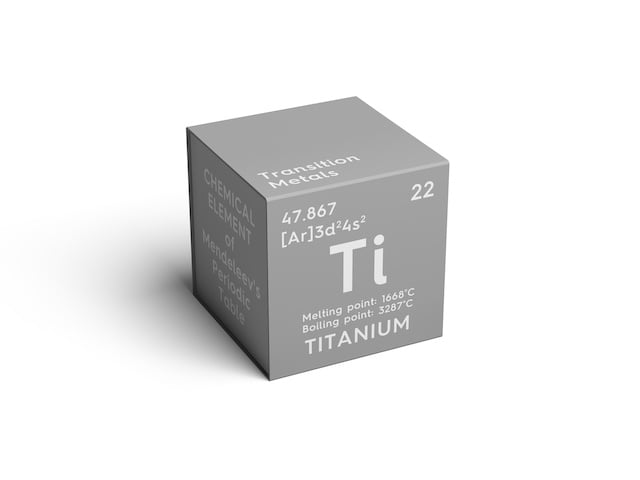
Here at Corrotherm, we specialise in technically advanced nickel alloys, but we’re always keeping one eye on the future. It’s important to look at alloy developments and what materials we could all be using in the years to come.
A few years ago, we ran an article about magnesium alloys and how a new technique had been developed to create strong and lightweight magnesium alloys, perfect for the automobile and aerospace industries.
Magnesium alloys are still getting a lot of interest in industry journals and reports, so we thought it a good time to revisit this important metallic element. The market for magnesium alloys has seen “significant growth” over the last few years, according to a report on PRNewswire.
All about magnesium
So, what is so great about magnesium (atomic symbol, Mg)? For a start, it is the lightest of all the metallic elements, which is why it is so popular for use in vehicles and aircraft. It is also strong, and it is that strength-to-weight ratio that makes it so desirable. It’s used in everything from military helicopters to racing cars.
It is also quite prevalent. It occurs in high volumes (20% or more) in 60 different minerals and is the ninth most-abundant element in the Earth’s crust. It only occurs naturally alongside other elements, though the free element can be produced artificially.
The name originates from a Greek place name, Magnesia, a district in Thessaly. This also gives name to both magnetite and manganese, two related elements. The latter of these, is present in many of the nickel alloys that Corrotherm stocks. For example, the popular INCONEL alloy 625 has a small presence of manganese, limited to 0.50%.
Magnesium’s properties are quite similar to aluminium, which is also lightweight and an industry-standard material for many applications. However, while magnesium has even-greater weight benefits, it is far more expensive to extract and therefore less used. It is often alloyed with aluminium to increase the cost effectiveness.
Magnesium is also naturally corrosion resistant. It can be employed in a wide range of extreme environments as a result. It is used in chemical tanks and pipelines.
The high strength, low weight and good resistance to corrosion means that it has found good use in aerospace, where these characteristics are critical. Its other applications include electronics – your phone and laptop will likely have magnesium within them. It’s also popular to have magnesium alloy high-grade car wheels, alongside other car parts.
While magnesium plays a big part in the aerospace industry, so too do nickel alloys. Nickel alloys are highly corrosion resistant and strong, even under the most extreme pressure and in exceptional temperatures. This is why materials like INCONEL alloy 601 are used in jet engines, for example.
Find out more about Corrotherm as a nickel alloy stockist and the Grades we offer, by getting in contact with us today.
 The lightest metal of all time: Magnesium
The lightest metal of all time: Magnesium

